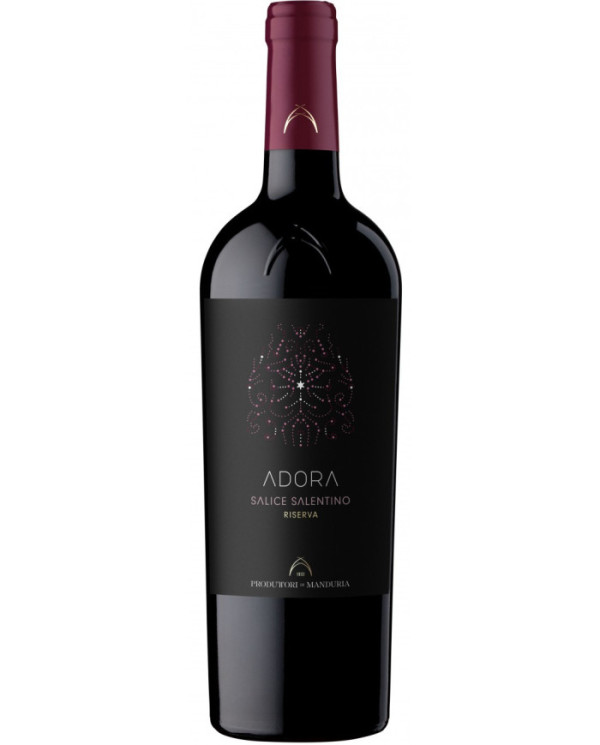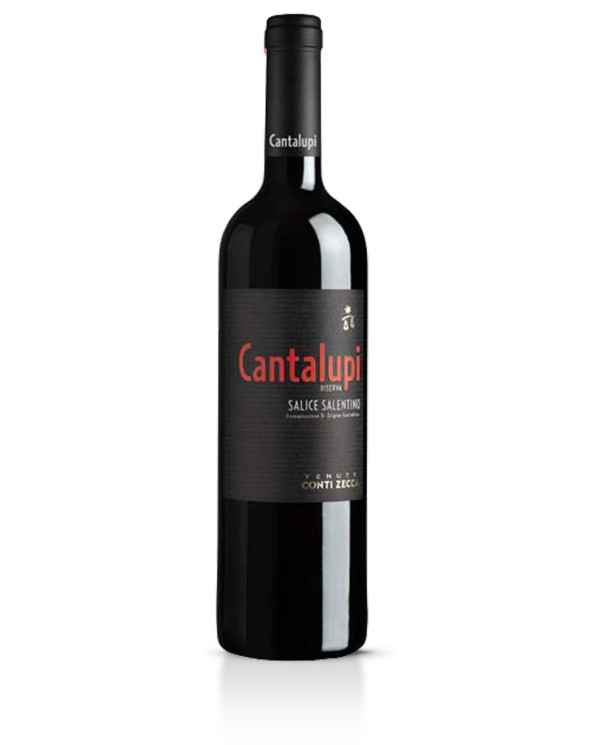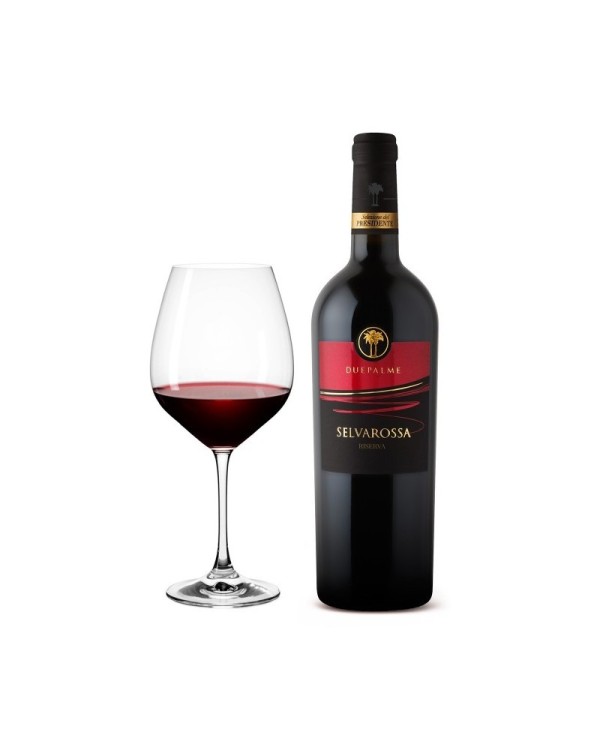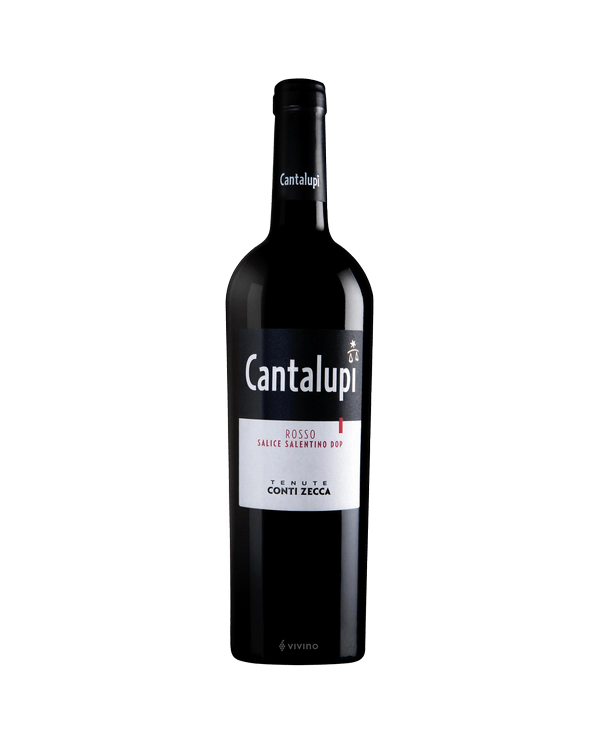Denomination Salice Salentino
Welcome to the land of Salice Salentino, where winemaking tradition is an invaluable cultural legacy. In this article, we'll delve into the Salice Salentino appellation, exploring its history, characteristics, and impact on the local food and wine culture.
History and Origins
The roots of winemaking in Salice Salentino date back to ancient times, when the Romans cultivated vines across the fertile lands of Puglia. Over the centuries, the Salice Salentino appellation has prospered, becoming synonymous with quality and tradition in the world of wine.
Characteristics of Salice Salentino Wine
Salice Salentino wine is renowned for its balanced flavor profile, characterized by fruity and spicy notes, accompanied by a pleasant acidity. On the palate, it stands out for its softness and roundness, with delicate tannins that give the wine structure and persistence.
Terroir and Environment
The terroir of Salice Salentino is unique and fascinating, with calcareous soils and a Mediterranean climate that favors optimal grape ripening. Sea breezes from the Ionian Sea moderate summer temperatures, creating an ideal environment for growing vines.
Production Process
The Salice Salentino winemaking process is an art passed down through generations, characterized by manual harvesting and meticulous winemaking. The grapes are carefully selected and vinified using techniques that respect the fruit's nature, maximizing its intrinsic characteristics.
Variations and Types
The Salice Salentino appellation offers a wide range of wines, from the youthful and fruity Salice Salentino Rosso to the more structured and complex Riserva. The variations in style depend on the use of different native grape varieties, such as Negroamaro and Malvasia Nera, and the winemaking techniques adopted by individual producers.
Food Pairings
Salice Salentino wine pairs beautifully with local cuisine, enhancing traditional dishes like pittula, rice and potato tiella, and grilled lamb. Its versatility also makes it an ideal companion for international dishes, such as Florentine steak and baked lasagna.
Popularity and Reception
Salice Salentino wine enjoys great popularity on the national and international markets, thanks to its exceptional quality and renowned versatility at the table. The numerous awards and accolades it has received testify to the appreciation for these high-quality Apulian wines.
Salice Salentino wine is more than just a wine, it's also a symbol of Puglia's rich winemaking and gastronomic culture. With its elegance and complexity, it continues to win the hearts of wine lovers around the world.
FAQs
What are the main sensory characteristics of Salice Salentino wine? Salice Salentino wine stands out for its balanced flavor profile, with fruity and spicy notes and a pleasant acidity.
What are the most common grape varieties used in the Salice Salentino appellation? The most common grape varieties used in the Salice Salentino appellation are Negroamaro and Malvasia Nera.
What typical regional dishes pair well with Salice Salentino wine? Typical regional dishes that pair well with Salice Salentino wine include pittula, rice and potato tiella, and grilled lamb.
What are some tips for best storing and serving Salice Salentino wine? To best store and serve Salice Salentino wine, it's best to store it in a cool, dark place and serve it at a temperature of around 16-18┬░C in large glasses to promote oxygenation.





















